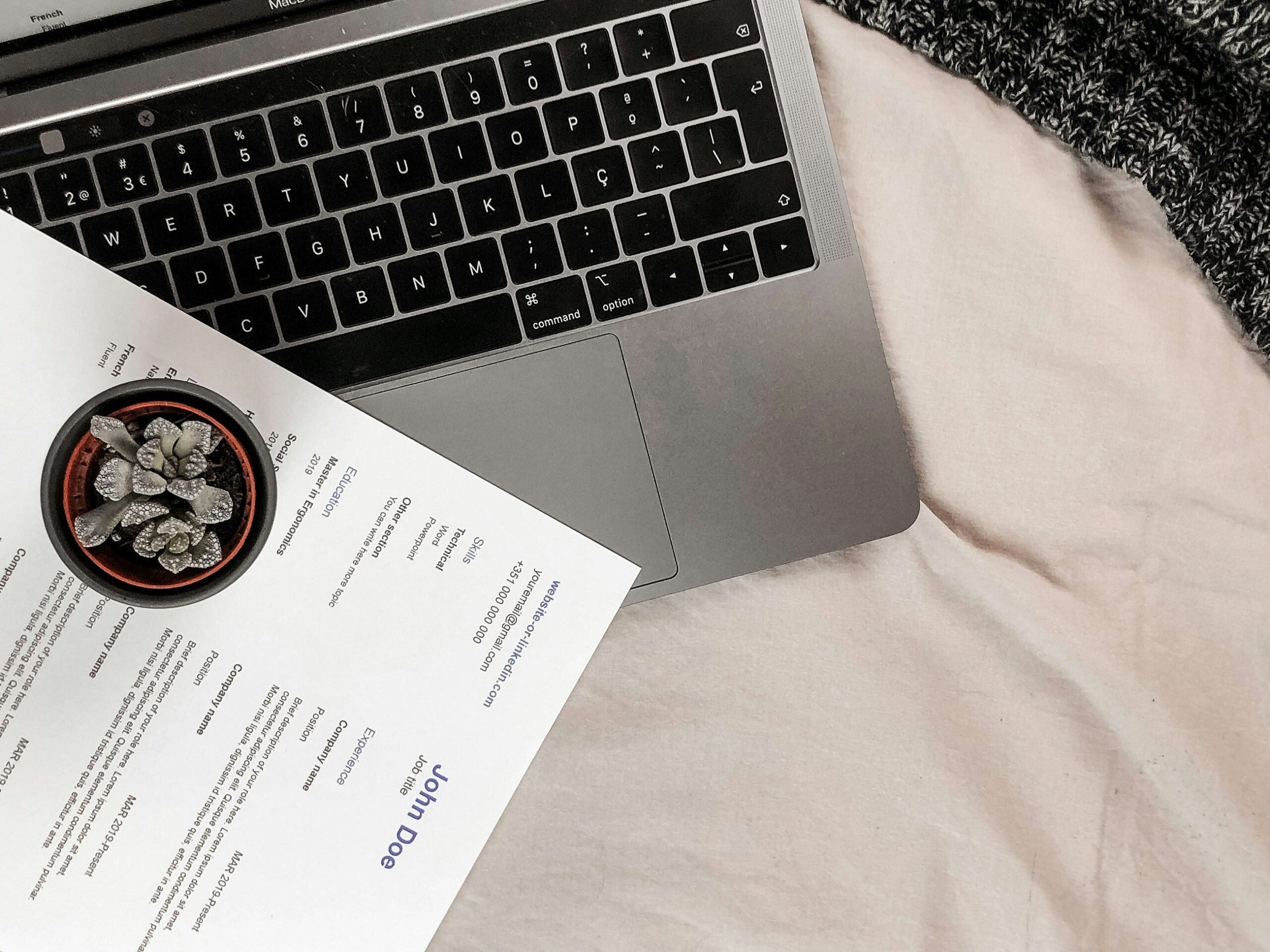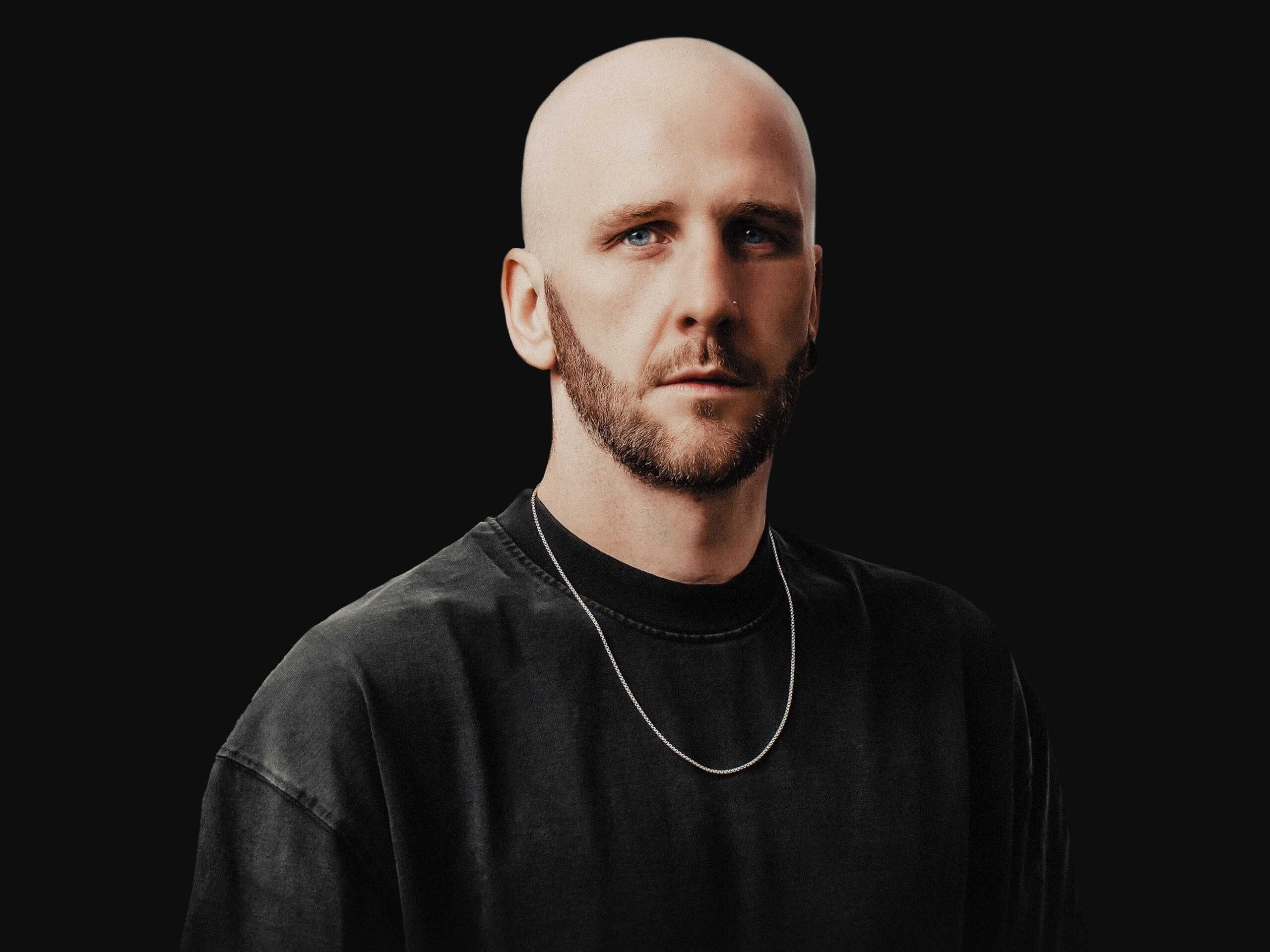A Die-Hard White Coat Investor Buys an Individual Stock — An M&M Conference
Recently, I made a rather expensive financial “mistake.” Let's review the psychology and actions that led me to make this decision. The post A Die-Hard White Coat Investor Buys an Individual Stock — An M&M Conference appeared first on The White Coat Investor - Investing & Personal Finance for Doctors.

 By Adam Safdi, WCI Columnist
By Adam Safdi, WCI ColumnistWelcome to today’s financial M&M conference! For those readers who are not in the medical field, an M&M conference is not a fun gathering where candy-coated chocolates are distributed. Instead, it stands for Morbidity and Mortality, and these conferences are (usually) where a presenter goes over a medical error, near-miss, or perhaps a fatal error. The intent of M&M conferences is not to assign blame or shame but to recognize that “to err is human” and that we must learn and grow from our mistakes. Many M&M conferences also focus on system issues—is there a way to update the framework of our workplace (the system) so that medical errors are less common?
Today, I'm writing about a financial “mistake” I made and reviewing the psychology and actions that led me to this mistake.
Please note that I will be intentionally vague about the stock I bought and instead try to focus this column on the psychology behind the purchase. I’m also taking some liberty with the timeline of events.
My story might be familiar to other medical professionals.
First, a little about me.
I am one of the 53.4% of WCI survey respondents who have a written financial plan. Our (my husband's and mine) current asset allocation is as such:
- 70% US Total Stock Market (VTSAX)
- 30% Total International Stock Market (VTIAX)
This pure 70/30 split isn’t exactly true of our entire portfolio since we have some bond exposure in our Target Date Funds through our respective 401(k) plans. But our periodic investing in our joint taxable account follows this 70/30 split exactly, and we rebalance once a year. Reflecting a desire to have less stock and more bond exposure as we approach our late 40s, our written plan calls for us to change to the following allocation in 2025.
- 65% US Total Stock Market (VTSAX)
- 25% Total International Stock Market (VTIAX)
- 10% Undetermined bond fund (likely a municipal bond fund)
When I wrote the plan several years ago, I knew I would want bond exposure soon, but I gave my future self some homework. 2025 is here, so I better start figuring this out. As usual, I’ll look to Dr. Jim Dahle for help first. Perhaps I will invest in some bond funds in our taxable account, or perhaps I’ll adjust our Target Date Funds to an earlier target year so that they hold more bonds compared to stocks in our 401(k) plans. I haven’t decided yet. My spouse and I have this on our agenda for our July 2025 family financial date night. (Any comments on how others first started to incorporate bonds into their portfolios are welcome!)
As you'll notice from these asset allocations, our investments are all funds and no individual stocks. When we wrote our financial plan, we didn’t even entertain having a section about what to do with individual stocks. This leads me back to the story.
The Encounter
I recently attended my specialty’s annual conference. In the exhibit hall, I was surrounded by multiple vendors, showing off their latest drugs, devices, or machines. Some of the booths had only one person staffing them; other larger booths had multiple staffers with elaborate displays of large-scale models or long lines of people waiting to take part in a virtual reality experience. Some conference attendees were like me—wandering and observing. Others flitted from one exhibit to the next, interacting with multiple vendors.
I walked through the exhibit area, mostly observing and not interacting. I, of course, took advantage of the free coffee/tea service, because polyphenols are healthy, right? I walked through the poster exhibits—impressed by the students, residents, and fellows—and I smiled while seeing the passion of the next generation of attendings.
Fully caffeinated and ready to get things going, I wandered to the plenary session for that day’s presentation of society awards and the “State of the Art” lecture. The lecture that day came from a physician outside of my specialty. He had the obligatory financial disclosure slide and then presented his research and how he intended to shake up the tried-and-true treatment regimen for a common condition in his specialty. I was absolutely floored by his presentation. He had little data to show, but the data he did have was stupendous. He mentioned how he branched out from academic research and founded a company to take his vision further. He openly presented the setbacks his research team encountered and what it's doing to move forward and mitigate future setbacks. I thought to myself, “He’s right! If he can get this to work, it will change the field of [specialty] as we know it, and it might have implications for my own specialty.”
For the rest of the conference, I attended various lectures, sessions, and symposia, but my mind kept going back to that “state of the art” lecture. I called my not-in-the-medical-field husband and told him about it, and even he said, “Yeah, that sounds pretty neat.” The conference ended, I traveled home, and I got back to my regular work life.
More information here:
Picking Individual Stocks Is a Loser’s Game
The Purchase
I was busy that next week, seeing hospital consults, and my mind shifted its focus to the job at hand. Mid-week, both of my colleagues were in the clinic seeing outpatients while I was using the clinic office space to write consult notes on the inpatients (we’re a small group of only three sub-specialists). During the lunch break hour, one of my colleagues asked about the conference. I told them of some of the latest advances I had heard about, and I told them of the “state of the art” lecture that I thought was so groundbreaking. One of my colleagues looked up the company that the lecturer had founded, and while I sat at my desk eating lunch, I was peppered from behind with comments such as “Huh!,” “That’s interesting,” “Impressive CV,” and “Wow, looks like lots of smart people.” Then, my colleague loudly declared, “Yikes, the investors don’t seem to agree with you, Adam. The stock price has gone way down.”
He had the company’s stock ticker pulled up on his phone. He showed me the five-year market summary, and it did not look great at first glance. The stock price started at around $40 a share, peaked within six months at around $80 a share, and then followed a sawtooth pattern slowly downward to around $5 a share over the next few years into the present.
Up to that point, I had simply admired the lecturer’s research and drive to change the world. I had not considered his company. I had not considered the money involved. I had not considered investing in it myself; I didn’t even know it was a publicly traded stock until my work colleague showed me the five-year market summary.
I thought back to the presentation and if I could see the reason behind the fall in valuation. The presenter had shown their first drug innovation that had great outcomes in animals. When human trials started, the results were very good, but they came with unacceptable side effects. The first drug trial was halted. The presenter talked about going back to reformulate the drug so that there would be fewer side effects and that human trials with the second drug would start soon.
The valuation pattern seemed to make sense. In the beginning, there was a lot of hope and hype for a groundbreaking new drug. As the side effects of the original drug caused the first trial to be shut down, I imagined how that would coincide with a loss of investor confidence and a loss in valuation of the company. What I saw with the presenter’s introduction of the revised drug formulation, though, was hope for a second chance—a chance that could hit big.
Up to this point, I had never purchased an individual stock before. It had always been mutual funds. But I opened my trusty Vanguard app on my phone to see if it was something I could do. Turns out, it’s pretty easy. Here's a demo of how to buy 10 shares of Apple stock at market price (using data from Nov 5, 2024).

I thought of the famous Warren Buffett quote—the investment goal is to attempt “to be fearful when others are greedy and to be greedy only when others are fearful.” I entered a number of shares that added up to a mid-four-figure amount of money. I clicked “Preview order” and then “Submit order” on the next screen. There was no confetti on the screen, no fanfare, just a boring confirmation on the next screen.
I had done it. I purchased an individual stock. At first, I was excited. I dreamed of the company’s drug being a blockbuster and becoming hugely popular. I dreamed of my investment returning on itself 10-fold; 100-fold; or heck, even 1,000-fold. Then, the financial nerd part of my brain said, “You have to hold this for at least one year so you can take advantage of long-term capital gains rather than short-term.”
Sometimes, even a long-time hardcore index funder can get swept up in a get-rich-quick idea. I daydreamed again. I imagined what my life would be like if I “won the lottery.” Would I cut back to part-time? Would I quit? Would I move towns and live closer to family? Would I hire a butler? (That last one was a very brief daydream).
The Fallout
Then, reality sank in. I just spent money. I just gave away a chunk of change that I might get back in the future or that might disappear. The amount of money I invested was not insignificant. I had just spent what some couples might spend for their annual vacation budget. Since I did this in our taxable account, I suppose if the stock went down to pennies, I could tax-loss harvest and use the sale to buy more VTSAX and/or VTIAX as our investment plan says.
I steeled my yo-yo-ing brain and got back to work for the rest of the day.
Later that night over dinner, I told my husband what I had done. I knew I had acted out of the norm, and I tried to explain my thoughts around my action. He was surprisingly understanding and not judgmental. He said he could understand how I saw the opportunity to be greedy and took it. We calculated that the amount I invested in this individual stock was small compared to our whole portfolio, less than 1%. To be equitable in our relationship, I asked if there was an individual stock or company that he would like to invest in, but he laughed and said:
“No, let’s just stick with this one individual stock and get back to investing according to our plan. Talk to me first if you feel a desire to buy an individual stock again, and I’ll talk to you if I want to buy an individual stock. Let’s just talk to each other before deviating from the plan in the future.”
I breathed a sigh of relief and realized he was right—stick to the plan.
Reflecting on my actions, I think of all the WCI podcasts I’ve listened to where callers ask what to do with an individual stock—either purchased earlier in life or inherited. I realize I’m one of those people now. Our financial plan will need to be updated with what to do with this individual stock. We will need to write a section to include if we are presented with another investment opportunity outside of our written plan in the future. I suppose we could call it our “play fund.” I’m realizing that this play fund comes with some work.
I have added this individual stock ticker to the Stocks app on my phone. I might check it occasionally and fret over it going up or down. (In the three months or so since first purchasing the stock, the stock price has been essentially flat, as of this writing.) Or maybe I’ll try to ignore it completely for a year. I asked Siri to “remind me in one year to figure out whether to sell or keep the individual stock.”
More information here:
Do I Need to Come Out of the Closet to My Patients?
Clinic-Based Doctors: This One Move Can Make You an Extra $10,000-$70,000 per Year
The M&M Conference
Let me try to sum up my psychology along this journey.
- When I first heard the “state of the art” lecture, I was inspired, amazed, and maybe a little jealous.
- Those feelings were probably ruminating for days after the lecture and upon my return home.
- My colleague showed me the stock prices, and because of my financial education, I became greedy instead of becoming fearful.
- The greed overwhelmed my calm and boring investment plan, and it led to an impulse investment purchase.
From a systems standpoint, I’m asking myself, “Was it too easy to buy that stock?” I think the answer is no—there is one button to preview the order and another button to submit the order on two separate screens with some lag time (seconds) between the two. I don’t think Vanguard makes investing any more exciting than it needs to be. The excitement was all in my brain, not on the screen.
My greatest support system is my spouse. If either one of us has a desire to buy an individual stock again, we will need to check in with each other before doing so. There’s nothing physically stopping either one of us from clicking “submit order,” but I hope that our emotional bond and trust in each other is stronger than when greed sings its siren song in the future.
To conclude our M&M conference, I urge all the participants today to realize that greed and temptation can, and likely will, pop up and throw a wrench into your investment plan. In life, there are many unknowns, but we will all probably at some point be presented with a “can’t-miss opportunity.” The opportunity might take the form of a stock, a friend’s startup company, or a rental property down the street. Write into your investment plan what to do when these opportunities pop up.
There are very few things that require an immediate decision—life isn’t Shark Tank. Write into your plan some sort of check against greed or temptation. It could be your spouse, a financial advisor (if you use one), or an interval of time (24 hours, one week, etc.). I urge you, the reader, to not repeat my mistake. Thank you for your attendance.
Have you been tempted by something that seems like it can't miss? What happened? How did it affect your investing plan? Or is it OK to have a little fun with your portfolio?
The post A Die-Hard White Coat Investor Buys an Individual Stock — An M&M Conference appeared first on The White Coat Investor - Investing & Personal Finance for Doctors.













































































